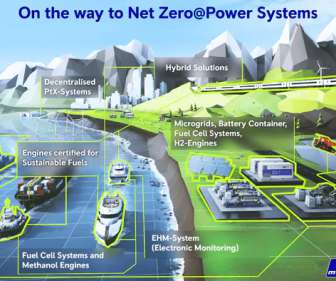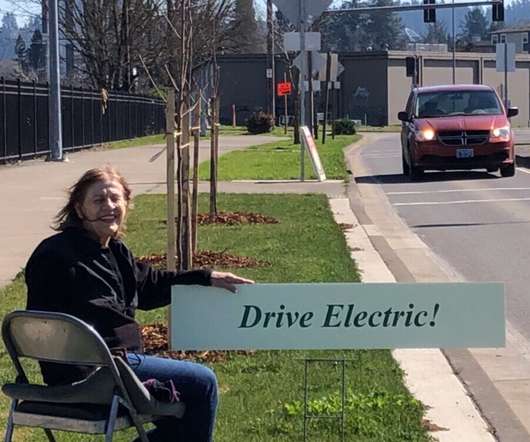Comprehensive assessment concludes black carbon second-most important human emission in warming climate
Green Car Congress
FEBRUARY 7, 2013
A comprehensive assessment of black-carbon climate forcing accepted for publication in the Journal of Geophysical Research: Atmospheres estimates that black carbon, with a total climate forcing of +1.1?W?m m -2 , is the second-most important human emission in terms of its climate-forcing in the present-day atmosphere.



















Let's personalize your content